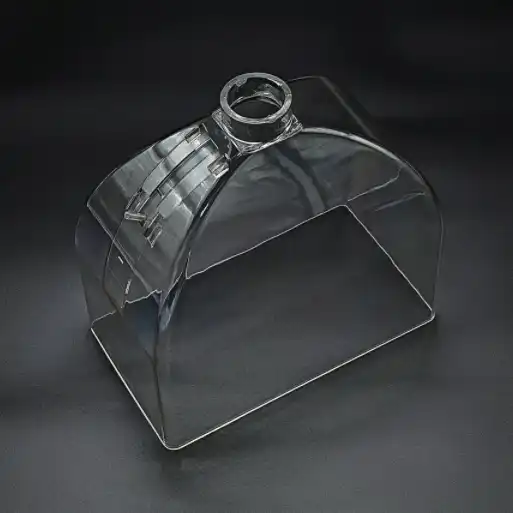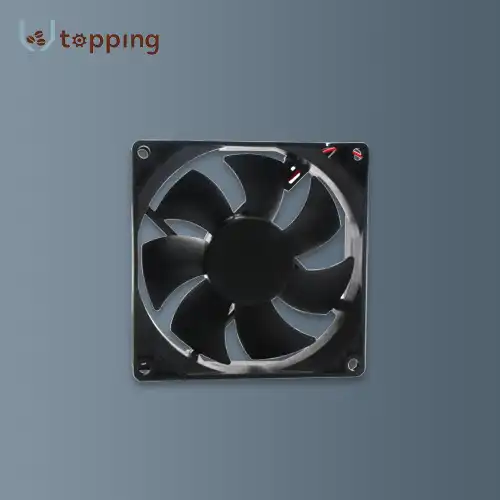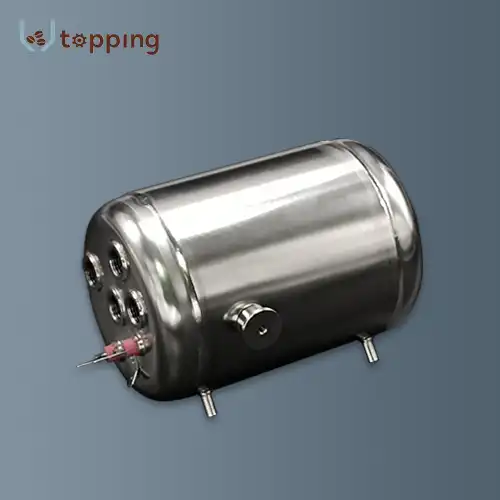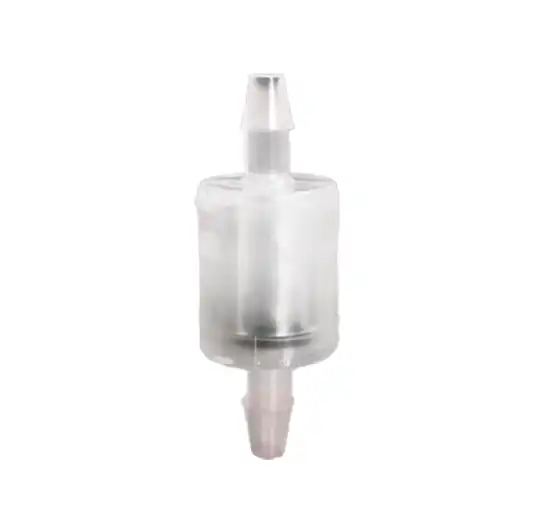Can You Keep Coffee Beans in a Hopper?
2024-07-11 13:44:27
Coffee beans can be conveniently stored in a grinder coffee bean hopper, but careful handling is required to ensure their quality and freshness. You can benefit from your espresso assuming you know what openness to air means for it, focus on the nature of the drudgery, and think about other capacity choices. By observing these rules, you can guarantee that your espresso beans stay new and delightful paying little mind to how you store them.

How Long Can Coffee Beans Stay Fresh in the Hopper?
The Effects of Air Exposure
Coffee beans begin to degrade the moment they are exposed to air. Oxidation is the primary culprit in the loss of freshness, as it causes the beans to stale and lose their vibrant flavors. When coffee beans are stored in a coffee bean hopper, they are exposed to air continuously, accelerating this process. Ideally, beans should not be left in the hopper for more than a few days to maintain optimal freshness.
Factors such as ambient temperature, humidity, and the quality of the hopper's seal also play a significant role in how quickly beans go stale. Hoppers with tight-sealing lids can help reduce air exposure, but they are not entirely airtight.
Temperature and Humidity Considerations
The climate where your espresso processor is found can likewise influence how long the beans stay new. High temperatures and mugginess levels can hurry the staling system. Espresso beans are best put away in a cool, dry spot. Assuming that your kitchen is inclined to high intensity or dampness, it very well may merit rethinking where you place your processor and whether you keep beans in the container.
Practical Tips for Maximizing Freshness
To maximize the freshness of beans kept in a hopper, consider the following tips:
- Limit Quantity: Only store the amount of coffee beans you plan to use within a few days.
- Use an Airtight Hopper: Invest in a hopper with a good seal to minimize air exposure.
- Cool Environment: Keep the grinder in a cool, dry place away from direct sunlight and heat sources.
Regularly replenishing the beans in the hopper with fresh ones can also help maintain a consistent level of freshness, ensuring that your coffee always tastes its best.
Does Storing Beans in the Hopper Affect the Grind Quality?
Impact on Bean Hardness and Grind Consistency
Putting away beans in the coffee bean hopper can influence their surface over the long haul. Beans can become harder and brittle as they age and lose moisture. The extraction process and, ultimately, the flavor of the coffee can be affected by this change, which can have an effect on the consistency of the grind and possibly result in uneven particle sizes.
Grinders are set up to work with beans that have a certain amount of moisture and freshness. If the beans dry out too much, the grinder may need to be adjusted to get the grind consistency you want. This is especially important for espresso machines, where the size of the grind affects how well the shot comes out.
Maintenance of the Grinder
Residual coffee oils and particles can build up in the hopper and grinder burrs, affecting both the grind quality and the flavor of the coffee. Regular cleaning is essential to maintain the grinder's performance and prevent old coffee residues from contaminating fresh beans.
- Clean the Hopper: Remove beans and clean the hopper with a damp cloth regularly.
- Clean the Burrs:Periodically clean the grinder burrs according to the manufacturer’s instructions to ensure they remain sharp and free from buildup.
Using a Hopper with UV Protection
Using a UV-protected coffee bean hopper can help preserve the quality of coffee beans because light can also cause their quality to decline. Some hoppers are made of materials that prevent the beans from losing their flavor when exposed to light by blocking ultraviolet rays.
Adjusting Grind Settings
Changing the drudgery settings may be necessary to maintain consistency as beans age. Fresher beans usually require unforeseen settings in contrast with additional carefully prepared beans due to changes in hardness and sogginess content. Maintaining the flavor and extraction of your coffee can be made easier by paying attention to the size of the grind and making any necessary adjustments.
What Are the Best Practices for Storing Coffee Beans?
Using Airtight Containers
Using airtight containers to store coffee beans is one of the best options. The beans remain fresh for a longer period of time thanks to the protection provided by these containers from light, air, and moisture. At the point when prepared to crush, you can move a modest quantity to the container.
Vacuum-Sealed Storage
Another fantastic way to preserve the freshness of espresso beans is to use vacuum-fixed sacks. Vacuum fixing, generally, kills air from the last climate, accordingly lessening oxidation. While social event beans for a significant stretch of time, this technique is particularly significant on the grounds that it helps keep the beans' flavor and smell new until you're prepared to utilize them.
Bean Vaults with One-Way Valves
Bean vaults with one-way valves permit CO2 to get away however keep air from entering. As the beans are stored, this plan keeps track of how new they are. Bean vaults are useful for regular use because they provide a balance between freshness and receptivity.
Portion Control
Dividing your coffee beans into smaller portions can help preserve their freshness. By storing only the amount you need for a day or two in the coffee bean hopper, you minimize the beans' exposure to air and light. The rest of the beans can be stored in an airtight container or vacuum-sealed bag.
Freezing Coffee Beans
Freezing coffee beans can be a viable option for long-term storage if done correctly. Place the beans in an airtight, vacuum-sealed bag to prevent moisture and freezer burn. When ready to use, allow the beans to return to room temperature before grinding to ensure optimal flavor and consistency.
Proper Storage Environment
It doesn't matter how you store your coffee beans—the most important thing is to keep them cool, dry, and dark. Stay away from regions with critical temperature vacillations, like close to stoves or windows. The freshness and quality of your coffee beans can be extended by maintaining a stable environment.
Conclusion
Coffee beans can be kept in a hopper for convenience, but keeping the beans fresh and flavorful requires careful consideration. For maintaining bean quality, it is essential to comprehend the effects of air exposure, temperature, and humidity. Furthermore, normal support of your processor and investigating elective capacity strategies can assist you with partaking in the most ideal espresso experience. Whether you store your coffee beans in the hopper or in another container, you can guarantee that they will remain fresh and produce delicious coffee if you follow these best practices.
References
1. Coffee Confidential. (2023). "Coffee Storage: Keeping Your Coffee Fresh." Retrieved from https://coffeeconfidential.org
2. Perfect Daily Grind. (2023). "How Long Do Coffee Beans Stay Fresh?" Retrieved from https://perfectdailygrind.com
3. Coffee Geek. (2023). "The Ultimate Guide to Coffee Bean Freshness." Retrieved from https://coffeegeek.com
4. Home Grounds. (2023). "Best Practices for Storing Coffee Beans." Retrieved from https://homegrounds.co
5. Serious Eats. (2023). "How to Store Coffee Beans to Keep Them Fresh." Retrieved from https://seriouseats.com
6. Sprudge. (2023). "The Science of Coffee Bean Storage." Retrieved from https://sprudge.com
7. Bean Box. (2023). "How to Store Coffee Beans: Tips for Freshness." Retrieved from https://beanbox.com
8. Blue Bottle Coffee. (2023). "Coffee Storage: What You Need to Know." Retrieved from https://bluebottlecoffee.com
9. Coffee Review. (2023). "Maximizing Coffee Freshness: Storage Tips." Retrieved from https://coffeereview.com
10. National Coffee Association USA. (2023). "How to Store Coffee Beans for Maximum Freshness." Retrieved from https://ncausa.org
Send Inquiry
Related Industry Knowledge
- How does a Vending Coffee Machine Water Tank work?
- How to clean coffee bean hopper
- How Can You Identify the Right Spare Parts for Your Coffee Vending Machine?
- How stable is Control Board For Vending Machine over different temperature and voltage ranges?
- How Does Motor Power Affect Coffee Grinding Speed?
- How does a Vending Machine Spiral Motor work?
- Coffee grounds sieve uses
- What kind of motors do vending machines use?
- Can You Keep Coffee Beans in a Hopper?
- Do coffee machines have built in grinder?

.webp)
.webp)







